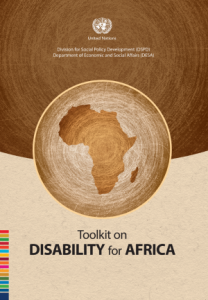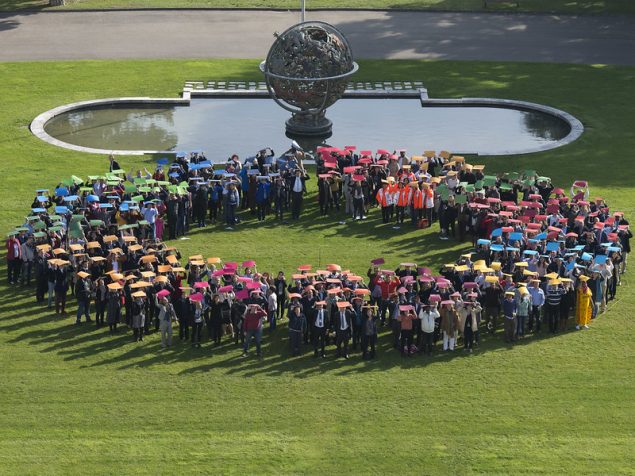- Monitoring mechanism in the Convention
- The Committee on the Rights of Persons with Disabilities
- The Optional Protocol to the Convention
- The United Nations secretariat that supports the Convention
All legally binding international human rights treaties have a monitoring component and this Convention is no exception. Like the monitoring mechanisms found in other human rights treaties, the procedure outlined in the Convention promotes constructive dialogue with States to ensure that the Convention’s provisions are implemented effectively. Monitoring also implies the right of individuals to complain and seek a remedy. Monitoring mechanisms foster accountability and, over the long term, strengthen the capacity of parties to fulfil their commitments and obligations.
MONITORING MECHANISM IN THE CONVENTION
The Convention provides for monitoring at both the national and international levels.
At the national level, States parties must appoint one or more focal points within government to handle matters relating to implementation. States parties must also consider establishing or designating a coordinating body within government to facilitate implementation. Similarly, States parties must maintain, strengthen or establish an independent institution, such as a national human rights institution, to promote, protect and monitor the Convention. (More information on national monitoring is provided in chapter 7.)
At the international level, the Convention provides for monitoring through the creation of a committee of independent experts, called the Committee on the Rights of Persons with Disabilities. The Committee reviews reports submitted periodically by States parties. On the basis of these reports, the Committee works with the States parties concerned and makes concluding observations and recommendations to those States parties.
The Optional Protocol to the Convention, if ratified separately by a State, enables the Committee to undertake two additional forms of monitoring: an individual communications procedure, through which the Committee receives communications (complaints) from an individual claiming that the State breached his/her rights under the Convention; and an inquiry procedure, through which the Committee investigates gross or systematic violations of the Convention and, with the agreement of the State party concerned, undertakes field missions to deepen the inquiry.
The Convention also provides for a Conference of States parties, which would consider the implementation of the Convention.
Next – Chapter Three: The Committee on the Rights of Persons with Disabilities




